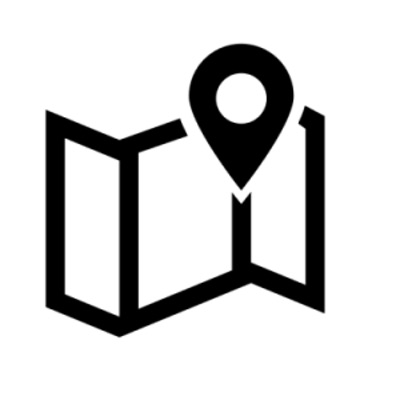

Establishes core requirements for global authority files on historic places and their alignment
See our Activity Charter here

Probably originating in the 13th century, portolan charts (the medieval answer to the modern Admiralty chart) contradict every normal preconception about medieval cartography being inexact - everything is where you would expect it to be. An average chart lists perhaps 2000 ports and harbours, as well as natural features, especially the headlands which served as reference points for sailors.
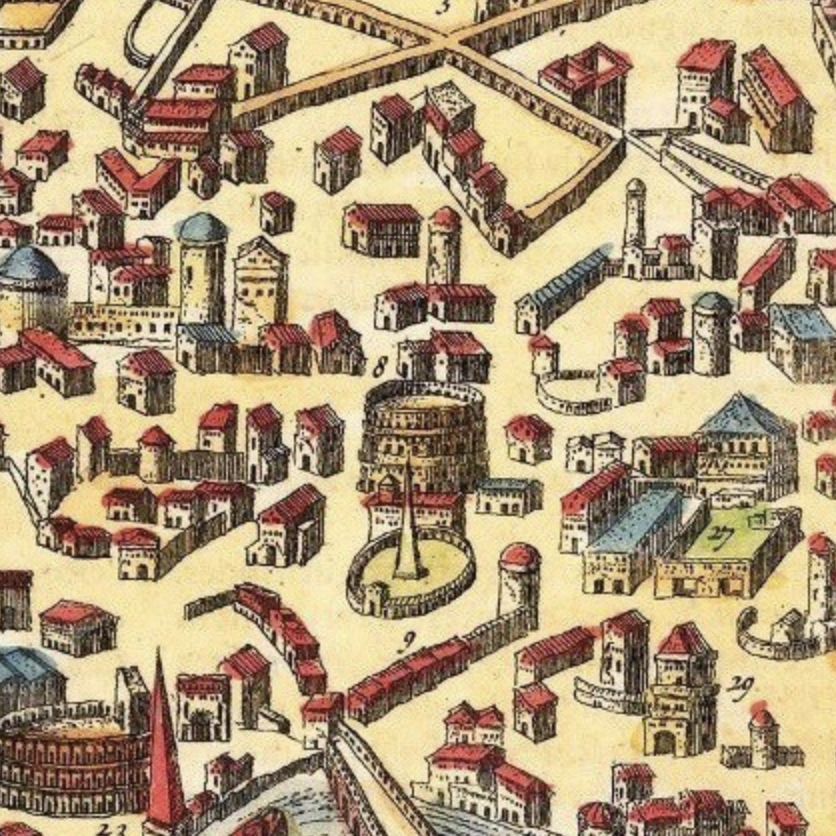
Gazetteers are more than just lists of places. To digital humanist, they are invaluable tools for organizing information. They provide unique identifiers - in the form of URIs - enabling us to connect data coming from different digital sources, archives, and libraries more easily. But gazetteers are also a subject of research of their own, helping us to define and analyse our geographical knowledge of the past, and interrogate the nature of what we call “a place”.
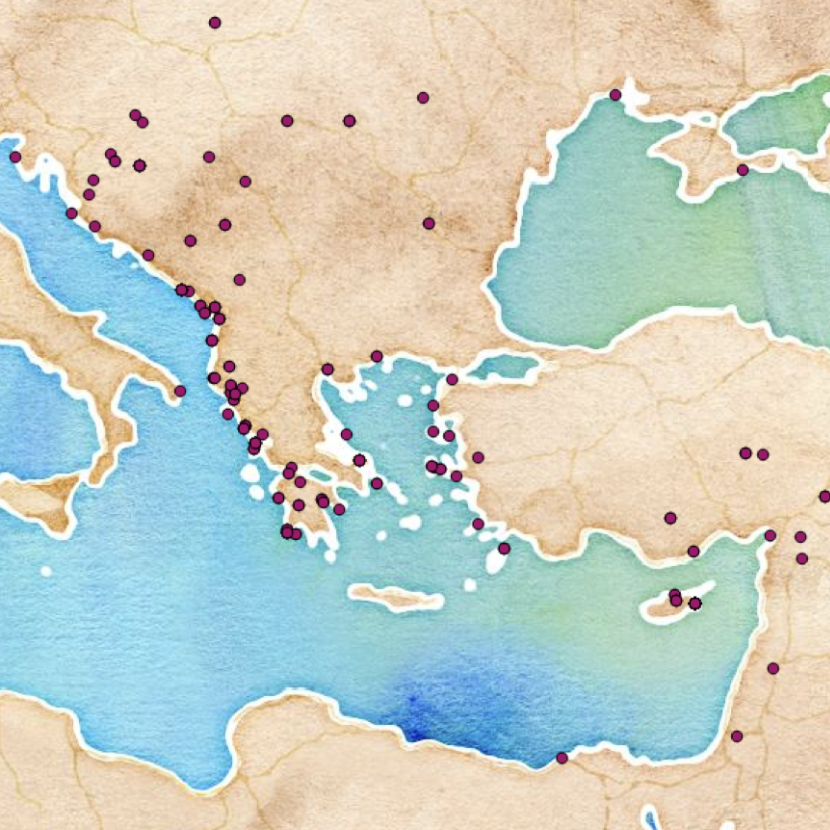
The project aimed to test the applicability of Recogito within the field of Ottoman studies and to function as a starter towards the ambitious project of compiling an Ottoman gazetteer.
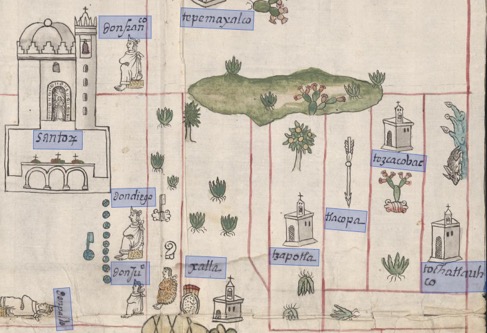
The project ‘Digging into Early Colonial Mexico: A large-scale computational analysis of sixteenth-century historical sources’ (DECM) at the University of Lancaster is developing novel methods and tools for mining data from both textual and pictorial historical records.
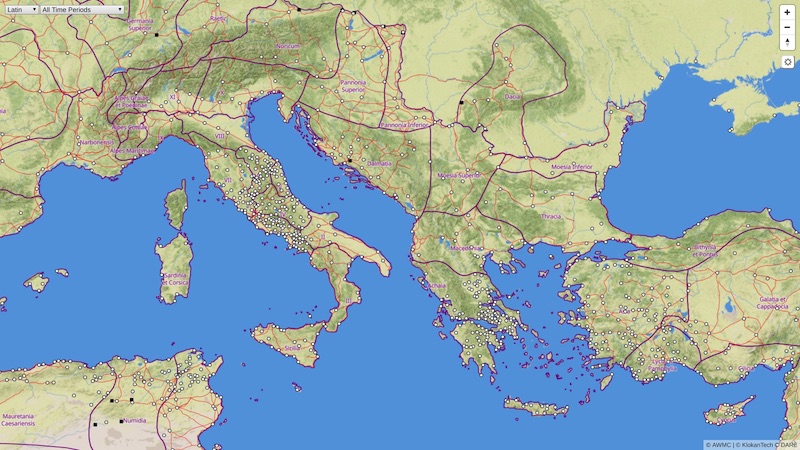
The Roman Empire Vector Map gives people a chance to explore the ancient Mediterranean world as it was during the Roman Empire. They can see much of the road network, discover original place names, and much more with the comfort similar to Google Maps.